Pepsi Logo Design: History & Evolution

Image Source: https://www.pepsi.com/ | Image Courtesy: Pepsi
When it comes to iconic symbols in the world of branding, the Pepsi logo design stands out as a remarkable example of creativity and evolution. From its humble beginnings to its sleek modern look, the Pepsi logo design has undergone several transformations, each reflecting the zeitgeist of its era. For graphic designers, the story behind the Pepsi logo design is both fascinating and inspiring, offering key insights into the blend of artistry and marketing. Whether you're a seasoned professional or just starting in the field, this article will take you on a journey through the history and evolution of the Pepsi logo design. We'll explore the innovative changes, the design principles that guided each iteration, and the cultural impact that this beloved emblem has had over the years. So grab a cold can of your favorite cola, and let's dive into the captivating world of Pepsi logo design!
Pepsi Logo Design History
1893 - 1898
In the early days, between 1893 and 1898, the Pepsi logo design was something truly unique and charming. Invented by the American businessman, Caleb Bradshaw, in his North Carolina pharmacy, Pepsi was initially crafted to aid those addicted to morphine. It's two main ingredients, pepsin and cola nuts, inspired the name. The Pepsi logo design from this era was marked by blue serif lettering with elegant old-fashioned capital letters. Its smooth curves and artistry resonated with the times, encased in a thin ornate rectangular frame against a white background. This initial Pepsi logo design still holds a nostalgic allure for graphic designers, reflecting both ingenuity and a touch of vintage sophistication.

Image Courtesy: Pepsi
1898 - 1903
The years 1898 to 1903 marked a pivotal shift in the Pepsi logo design. With the soda's name changing to Pepsi-Cola, to more closely mirror its key ingredients, the logo needed a refresh too. Graphic designers of the time opted for cursive red lettering, characterized by elongated and curved lines. This became the sole visual identity of the product, a vivid departure from the previous design. Simple, yet effective, this iteration of the Pepsi logo design resonated with the brand's character, creating a lasting impression that still serves as a valuable reference for designers today.

Image Courtesy: Pepsi
1903 - 1904
The brief but memorable period of 1903 to 1904 saw another evolution in the Pepsi logo design. This custom red cursive creation was adorned with intricate wishbone details on the characters and elongated lines, morphing into thick red ribbons with white additional wordmarks. The letters in the main logotype were set noticeably far from each other, resulting in a somewhat clumsy composition. Although this version of the Pepsi logo design only lasted a few months, its distinctive style offers a curious glimpse into design experimentation at the turn of the century, and remains a point of interest for graphic designers exploring the roots of brand identity.

Image Courtesy: Pepsi
1904 - 1905
1904 ushered in a new era of finesse for the Pepsi logo design. The fancy characters in the logotype were given a much-needed touch-up, with bolder lines and cleaner contours. By bringing the letters closer together, the logo adopted a more confident and professional appearance. While the overall design was revamped, the signature red color remained the core element, carrying forward the brand's identity. This phase of the Pepsi logo design illustrates the power of subtle refinements and emphasizes how simple adjustments can breathe new life into a brand, something that continues to inspire graphic designers to this day.

Image Courtesy: Pepsi
1905 - 1907
In the period of 1905 to 1907, the Pepsi logo design took another intriguing turn. This redesign started to echo the casual identity of Pepsi's main competitor, Coca-Cola. Adorned with bold red script lettering, the new design featured a unique curved long tail on the letter "C", and the interconnected lines of "P" and "C" that underlined the whole logotype, creating a striking double loop pattern. This era of the Pepsi logo design highlights a competitive edge in branding, showcasing an approach that resonated with the popular aesthetics of the time while carving out its own distinctive style. It's a perfect example of how brands can draw inspiration from their surroundings and still maintain their own identity.

Image Courtesy: Pepsi
1907 - 1934
The evolution of the Pepsi logo design took a reflective turn from 1907 to 1934, as it circled back to a concept introduced in 1904 but with a fresh perspective. The contours of all elements were reworked, made more confident, and clean. Characters became thicker, amplifying the red color of the inscription, making it appear even more intense and powerful. This prolonged phase of the Pepsi logo design epitomizes the value of revisiting and refining previous ideas, enhancing them to align with a brand's growing identity. It’s a testament to the principle that great design often evolves from a kernel of a previous thought, reimagined and renewed.

Image Courtesy: Pepsi
1934 - 1951
The years 1934 to 1951 marked a fresh chapter in the Pepsi logo design story, bringing sophistication and dynamism to the forefront. The red inscription was delicately refined, and the addition of a thin "Drink" above the letter "C" brought a new layer to the design. Thicker lines made this logo appear more confident and solid, and by placing it slightly diagonally, a sense of movement and progress was infused. This era of the Pepsi logo design illustrates how subtle changes can create impactful results, a lesson that continues to inspire graphic designers in the pursuit of timeless, engaging visuals.

Image Courtesy: Pepsi
1950 - 1962
The 1950 redesign of the Pepsi logo design signaled a turning point towards modernity and professionalism. Stripping away the extra lines and focusing on bolder, neater inscription, this version showcased a minimalist red and white color palette. Its clean and sophisticated look was a departure from previous versions, and this design was so iconic that it was resurrected by the company in 2014. Even today, it can be seen on the backside of Pepsi products, a nod to a bygone era. This phase in the Pepsi logo design evolution illustrates the timeless power of simplicity, a lesson that resonates with graphic designers aiming for enduring appeal.

Image Courtesy: Pepsi
1951 - 1962
1951 brought forth a prototype that paved the way for the next generation of Pepsi logo design. This fresh concept featured an image of a metal bottle cap, colored in patriotic red, white, and blue. The red script lettering from the previous version was artfully placed on the white part of the cap, maintaining a connection with the brand's history while signaling a new direction. This innovative approach to the Pepsi logo design marks an important transition, showcasing how tangible elements of a product can be seamlessly integrated into a logo, a notion that continues to inspire graphic designers in their craft.

Image Courtesy: Pepsi
1962 - 1969
The 1962 redesign ushered in a new era for the Pepsi logo design, taking the tricolor bottle cap concept from the 1950s and giving it a modern twist. The cap was turned straight, and the blue cursive lettering was replaced with bold uppercase black sans-serif. Unlike previous versions, the words didn't conform to the cap's contours but extended out to both sides. This badge stayed with the brand for over seven years, a testament to its timeless appeal. It's an inspiring example for graphic designers of how simplicity and daring alterations can redefine a brand's visual identity, carrying it confidently into a new age.

Image Courtesy: Pepsi
1965 - 1969
In the period between 1965 and 1969, the tricolor cap persisted as the central theme in Pepsi logo design, embodying a recognizable symbol of the brand. This version emphasized a black bold "Pepsi" inscription in all capitals, using a straightforward sans-serif typeface. The distinctiveness was highlighted by a subtle yet effective modification of the letter "S." This iteration of the logo builds on the brand's legacy while infusing modern simplicity. The subtle alterations serve as a reminder to graphic designers that even minimal changes can provide a fresh and impactful visual direction, exemplifying the power of nuanced design.

Image Courtesy: Pepsi
1969 - 1971
The Pepsi logo design underwent yet another transformation between 1969 and 1971, breathing new life into the previous version. The contours of the Pepsi globe were meticulously cleaned and minimized, while the "Pepsi" inscription shifted to a deep blue. This change was accompanied by a refinement in the letter shapes, as they became taller and slightly thinner than those in the mid-1960s design. This phase in the Pepsi logo design evolution showcases how precision and subtle modifications can reinforce and modernize a brand's visual identity. It's a great example for graphic designers of how to approach a refresh without losing the essence of what makes a logo iconic.

Image Courtesy: Pepsi
1971 - 1987
In 1971, Pepsi unveiled a more modern take on its visual identity, which would remain for over a decade. The familiar circle with a thick white outline was now encompassed within a rectangle framed in white. The rectangle's left part was colored red, and the right one, blue. The circle continued the pattern of the bottle cap from previous logos but introduced a bold blue nameplate on its white section. This innovative approach to the Pepsi logo design blended the company's heritage with contemporary flair, offering graphic designers an example of how to harmonize tradition with modern design aesthetics.

Image Courtesy: Pepsi
1987 - 1991
The period from 1987 to 1991 marked a significant shift in the Pepsi logo design, reflecting a minimalist and contemporary approach. The white frame that previously encapsulated the logo was removed, and the lettering was not only enlarged but refined. The typeface transitioned to a smoother, sleeker design, exemplified by the rounded corners of the letter "E." This update showcased a focus on subtlety and elegance, perfectly aligning with the design trends of the era. It's a testament to how seemingly minor adjustments can resonate strongly, providing a fresh and updated look while retaining the brand's core visual identity.

Image Courtesy: Pepsi
1991 - 1996
In 1991, a significant change was made to the Pepsi logo design that repositioned the nameplate outside the circle. The new composition consisted of the inscription at the top, paired with a red horizontally placed rectangle beneath, and the red and blue circle featuring a thick white curve in the middle, positioned to the right of the rectangle. This fresh layout added a dynamic quality to the logo, reflecting a forward-thinking approach. For graphic designers, it's an example of how restructuring elements can lead to a powerful and modern visual identity while maintaining connections to the brand's heritage.

Image Courtesy: Pepsi
1996 - 2003
In 1996, the Pepsi logo design underwent a simplification, moving towards a global appeal. The new logo featured a white wordmark in a bold sans-serif typeface with smooth lines and slightly italicized letters, complemented by a thin blue outline and shadow. Above this, a three-dimensional emblem depicted a tricolor sphere, resembling a globe and underscoring the international popularity of the brand. This design choice not only reflected the brand's global reach but also emphasized its contemporary edge. For graphic designers, this era of Pepsi logo design offers inspiration in subtly conveying a brand's influence and modernity.

Image Courtesy: Pepsi
2003 - 2006
In 2003, the Pepsi logo design took on a more dynamic shape, breathing new life into the brand's visual identity. The lettering was redesigned to be more energetic, while the emblem was drawn with gradient colors, giving it a glossy and vivid look. Though this version of the logo only stayed with the company for three years, it's still visible on products in various countries across the globe. For graphic designers looking to infuse energy into a brand, this era of Pepsi's design evolution offers a vibrant example of how gradient colors and dynamic shapes can add zest and modernity.

Image Courtesy: Pepsi
2006 - 2008
In 2006, a refreshing twist was added to the Pepsi logo design. The wordmark was repositioned under the emblem, adorned in blue with a thick white outline. What truly set this design apart was the emblem's texture, infused with water drops. This unique element added volume and created a realistic appearance, resonating with the refreshing nature of the beverage. For graphic designers, this era of Pepsi's visual identity showcases how texture and clever positioning can breathe life into a logo, making it stand out and connect more profoundly with the product's essence.

Image Courtesy: Pepsi
2008 - 2014
In 2008, Pepsi unveiled a completely new logo design that marked a significant departure from previous iterations. The emblem transitioned to a sleek 2D appearance, and the inscription was artfully executed in lowercase letters. The iconic "globe" was innovatively reimagined, with a white line placed diagonally and complemented by a thin double outline in white and blue. This redesign of the Pepsi logo design brought a fresh and contemporary feel, reflecting a more modern sensibility. For graphic designers, this version serves as an inspiring example of how subtle changes can lead to a significant visual transformation.

Image Courtesy: Pepsi
2014 - 2023
The Pepsi logo design took a minimalist turn in 2014, resulting in one of the most pared-down yet powerful versions in the company's long and varied history. By removing the frame around the emblem and placing it to the left of the wordmark, the design became more modern and solid. The lowercase lettering remains, with the custom sans-serif typeface's "E" cleverly mirroring a white wave from the iconic emblem. This minimalist approach speaks volumes about the brand's adaptability and awareness of contemporary design trends, reflecting a matured identity that still pays homage to its rich heritage.

Image Courtesy: Pepsi
2023 - Present
To celebrate its 125th anniversary, Pepsi took a reflective step, drawing inspiration from its 1987 emblem for the latest Pepsi logo design. By extracting the round portion and accentuating it with a bold black outline, the logo is ensured to stand out on any background. The inscription, too, got a fresh twist, utilizing a slightly different custom font with slanted, sans-serif letters. Infused with black, the new logo struck a perfect balance, merging the long history of the brand with modern design elements. The result is a resonant visual identity, honoring the past while embracing contemporary aesthetics.

Image Courtesy: Pepsi
Analysis: Pepsi Logo Design Evolution
The journey of Pepsi logo design is a fascinating study of brand evolution and design ingenuity. Through decades, Pepsi has maneuvered its visual identity, balancing between tradition and innovation. This evolution reflects not only changes in design tastes but also the brand's own growth and market positioning. Let's delve into an analysis that looks at five key stages, unraveling how the Pepsi logo design has transformed to become the icon it is today.
The Early Minimalist Phase
In the early days, Pepsi's logo was marked by simplicity and subtle sophistication. Script lettering and casual red themes were prevalent, with designs mirroring competitors like Coca-Cola. The minimalist red and white color palette up until 1950 represented a brand that was finding its footing, gradually evolving from imitating others to carving out its own identity.
The Emblematic Years
The prototype introduced in 1951 marked a significant shift towards a brand-specific identity. The inclusion of the metal bottle cap, infused with red, white, and blue, became a symbol of Pepsi's uniqueness. During this phase, the Pepsi logo design oscillated between bold, modern typography and realistic details like water drops, reflecting a dynamic brand in sync with the times.
The Modernist Era
Starting in 1971, Pepsi began to embrace modernist principles. Clean lines, geometric shapes, and strategic use of color defined this phase. The logo's structure became more complex, integrating rectangles and thick outlines. A more refined and sleek font was adopted in 1987, and the white frame was removed. These changes were significant, reflecting a brand maturing and adapting to a changing world.
The Global Popularity Phase
This period saw Pepsi reinforcing its international appeal. The 1996 redesign introduced a three-dimensional emblem resembling a globe, highlighting the brand's worldwide recognition. Later in 2003, dynamic shapes and gradient colors added a glossy look. These design elements signaled a brand at the peak of its global influence, focusing on aesthetic appeal and contemporary vibes.
Embracing Minimalism and Heritage
The Pepsi logo design from 2008 to the present has seen a return to minimalism, yet with a mindful nod to its heritage. 2D emblems, lowercase inscriptions, and stripped-down designs speak to modern sensibilities. The latest 2023 version skillfully blended history with modern design elements, using a black outline and a custom font that pays homage to the past while aligning with current trends.
The Pepsi logo design evolution is a testament to the brand's ability to reinvent itself while staying true to its core values. From early mimicry to groundbreaking designs, the logo has mirrored Pepsi's growth, adaptation, and influence in the beverage industry. The continual refinement and strategic shifts in design provide invaluable insights for graphic designers looking to understand how a logo can shape and be shaped by brand identity. It’s an inspiring tale of creativity, business acumen, and the timeless art of design.

Image Source: https://www.instagram.com/pepsi/ | Image Courtesy: Pepsi
The Philosophy & Meaning Behind Pepsi Logo Design
The Pepsi logo design is more than a mere visual representation; it's an embodiment of philosophy and meaning that goes beyond aesthetics. Through its various transformations, the logo has communicated different facets of the brand's values, culture, and global appeal. In this section, we'll explore five aspects that shed light on the philosophy and meaning behind the Pepsi logo design. These insights can provide graphic designers a better understanding of how to translate brand essence into visual form.
Color Palette
Red, white, and blue are not just colors in the Pepsi logo design; they've consistently symbolized American roots and patriotic values. The tricolor scheme has represented a blend of traditional values and vibrant modernity, making the logo recognizable and relatable across generations.
Globe Emblem
Starting from 1996, the emblem resembling a globe in the Pepsi logo design wasn't an accidental choice. It marked Pepsi's transformation into a global powerhouse, mirroring its expansion and international appeal. The globe signifies a brand without boundaries, embracing diverse cultures while maintaining its core identity.
Typography
From cursive to bold sans-serif, the typography in the Pepsi logo design has seen a fluid transformation. Each change in font style reflects a new era in the brand's journey, with sleek and modern fonts communicating innovation, while robust and bold letters underline confidence and stability.
Embracing Minimalism
Recent versions of the Pepsi logo design showcase a trend towards minimalism. Stripping away additional elements to present a clean, uncluttered design reflects a brand that's in tune with contemporary aesthetics. It's a testament to the company's ability to adapt to changing times while keeping a distinct brand image.
The Wave and Circle
The wave-like “E” and the circular emblem are recurring elements that tie the Pepsi logo design to its historical roots. These shapes serve as subtle nods to the original bottle cap and the waves of flavor, connecting the past with the present and infusing the logo with a sense of continuity and heritage.
The Pepsi logo design is an intricate tapestry of meanings, philosophies, and artistic choices. It's a perfect example of how a logo can encapsulate the essence of a brand, communicating complex ideas through simple visual elements. The thoughtfulness behind each design choice, from color to typography, provides a valuable lesson for graphic designers on how to craft logos that resonate with audiences while staying true to a brand's core philosophy. In the ever-evolving landscape of design, the Pepsi logo stands as a beacon of adaptive creativity and a manifestation of how a global brand connects with its audience through visual storytelling.

Image Source: https://www.instagram.com/pepsi/ | Image Courtesy: Pepsi
What Can We Learn from Pepsi Logo Design
The Pepsi logo design has undergone various transformations over the years, each time adapting to new trends while retaining its essential brand identity. This evolution offers valuable insights for graphic designers, both aspiring and experienced. From understanding the importance of color psychology to appreciating the need for brand consistency, the Pepsi logo design serves as an educational case study. Here are five lessons we can draw from this iconic emblem's history.
Understanding the Power of Color
The Pepsi logo design's consistent color palette of red, white, and blue is not merely a design choice but a strategic decision. It reinforces the brand's American heritage and appeals to its wide consumer base. This teaches designers the importance of selecting colors that resonate with the brand's values and target audience.
Adaptation Without Losing Identity
Despite the many changes it's undergone, the Pepsi logo design has maintained elements that keep it recognizable. Even as it has modernized, the emblem's core aspects remain intact. This highlights the necessity for designers to find the balance between keeping up with contemporary trends and preserving essential brand elements.
Effective Use of Simplicity
Recent iterations of the Pepsi logo design demonstrate the power of minimalism. By stripping away unnecessary details and focusing on core components, the design has become more modern and eye-catching. It teaches the lesson that sometimes less is more, and simplicity can lead to a strong visual impact.
Visual Storytelling and Symbolism
From the globe emblem to the wave-like “E”, the Pepsi logo design utilizes visual storytelling to convey the brand's story and philosophy. This use of symbolism adds depth to the logo, making it more than just a visual representation. Designers can learn to imbue their creations with symbolic meaning to forge a deeper connection with the audience.
Consistency Across Platforms and Products
Throughout its evolution, the Pepsi logo design has maintained consistency across various platforms and products. Whether on a billboard or a can, the logo remains uniform. This consistency reinforces brand recognition and loyalty. It's a crucial lesson for designers to ensure that their designs maintain coherence across different mediums.
The Pepsi logo design's journey through history offers rich insights into the principles of effective logo creation. It's a testament to how a design can evolve with time while maintaining a core identity. By carefully considering the lessons derived from its various transformations, graphic designers can craft logos that not only represent a brand's values but also resonate with the target audience. From thoughtful color selection to symbolic storytelling, the Pepsi logo design serves as a vibrant guide for designers looking to infuse creativity with strategy in their work. It underscores the importance of adaptability, simplicity, and consistency – virtues that stand the test of time in the ever-changing world of design.
Conclusion
The evolution of Pepsi logo design offers a rich tapestry of insights for graphic designers at all stages of their careers. From its inception to its contemporary minimalist appeal, the emblem encapsulates key design principles like simplicity, symbolism, and brand consistency. Its ability to adapt to changing trends without losing its core identity is a lesson in design ingenuity. Overall, the Pepsi logo design serves as a valuable model for creativity and strategic thinking, showcasing how a timeless design can still maintain a fresh and relevant appearance. It's a fascinating case study in the fusion of heritage, modernity, and design artistry.
Let Us Know What You Think!
These fantastic logo design articles are written and curated by Kreafolk's team. We hope you enjoy our information and remember to leave us a comment below. Cheers!

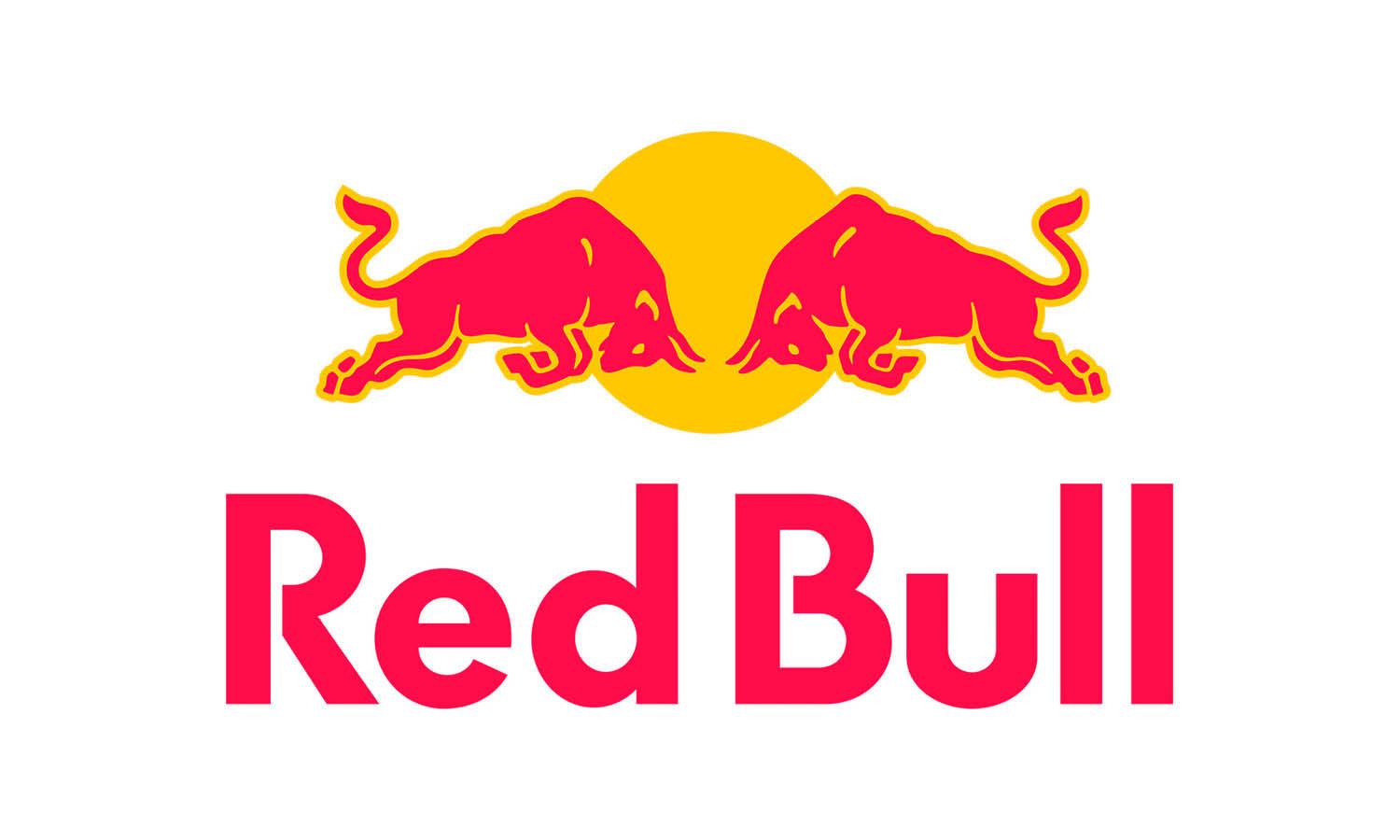
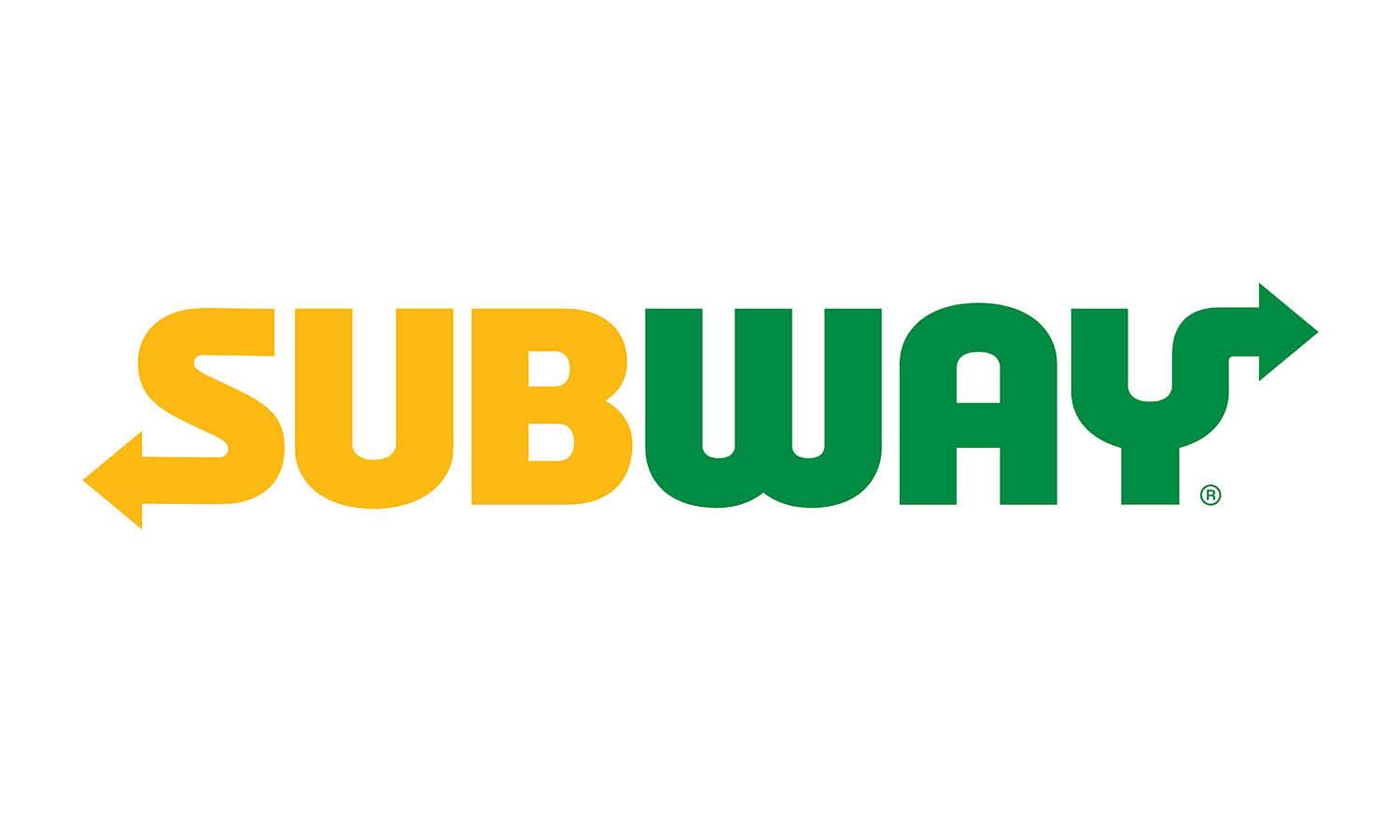
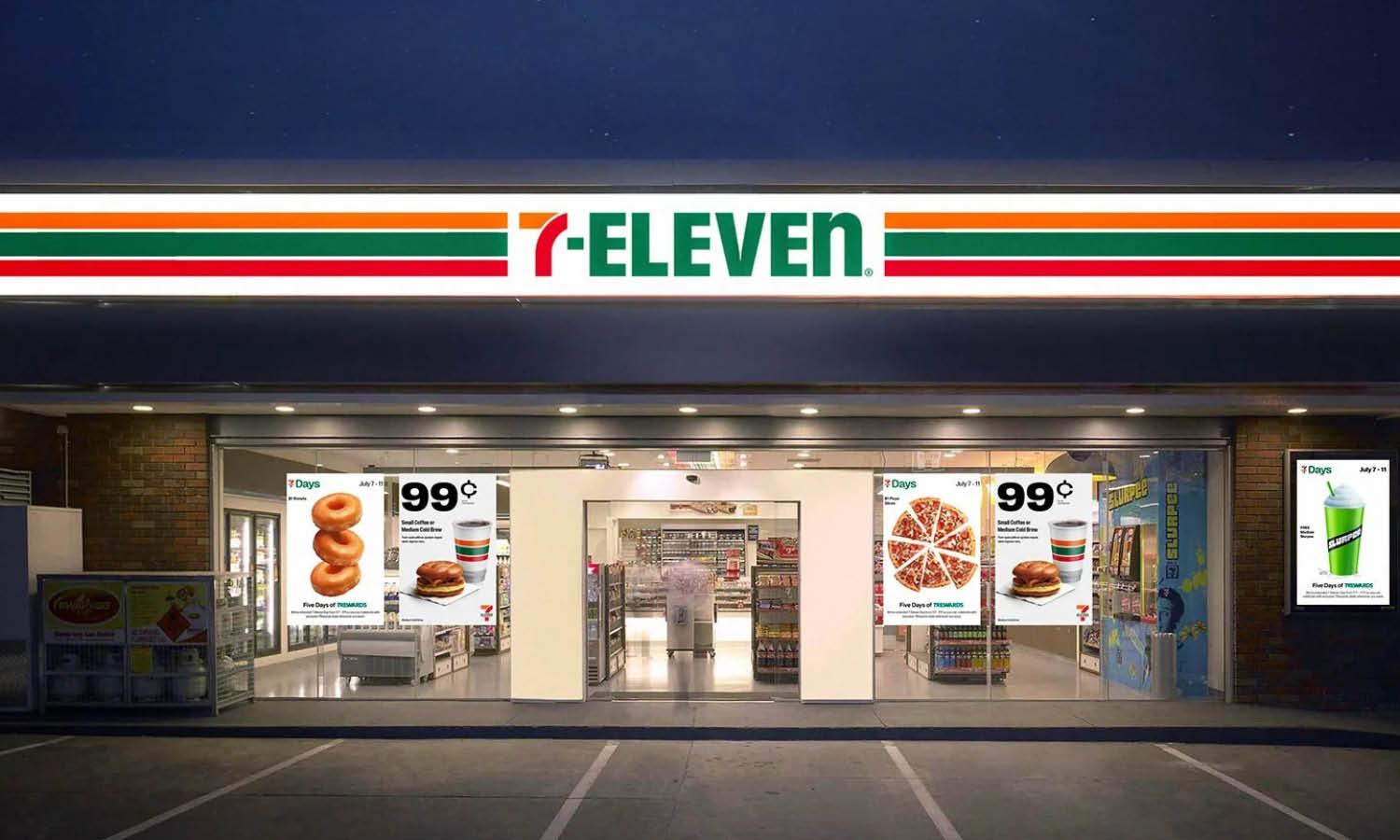
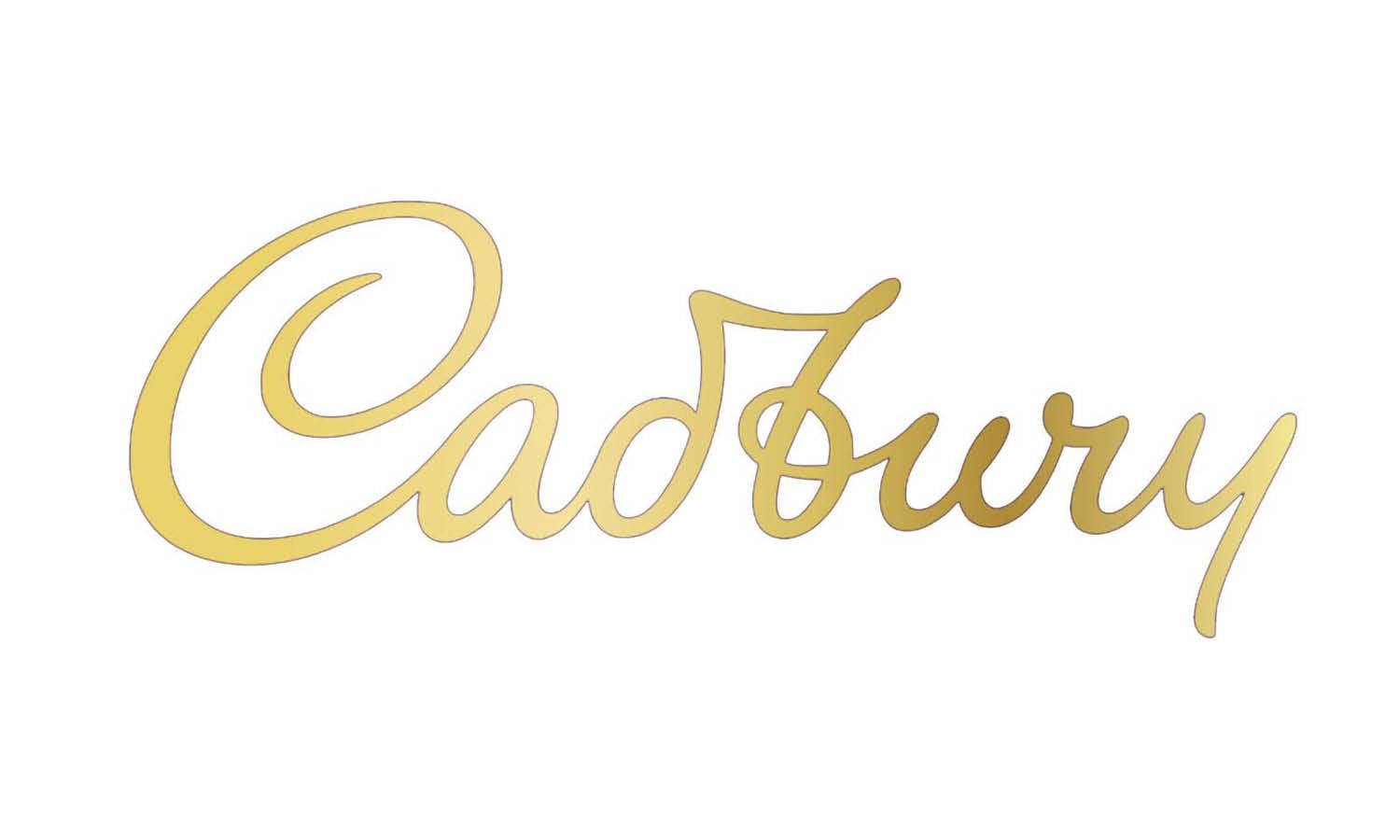
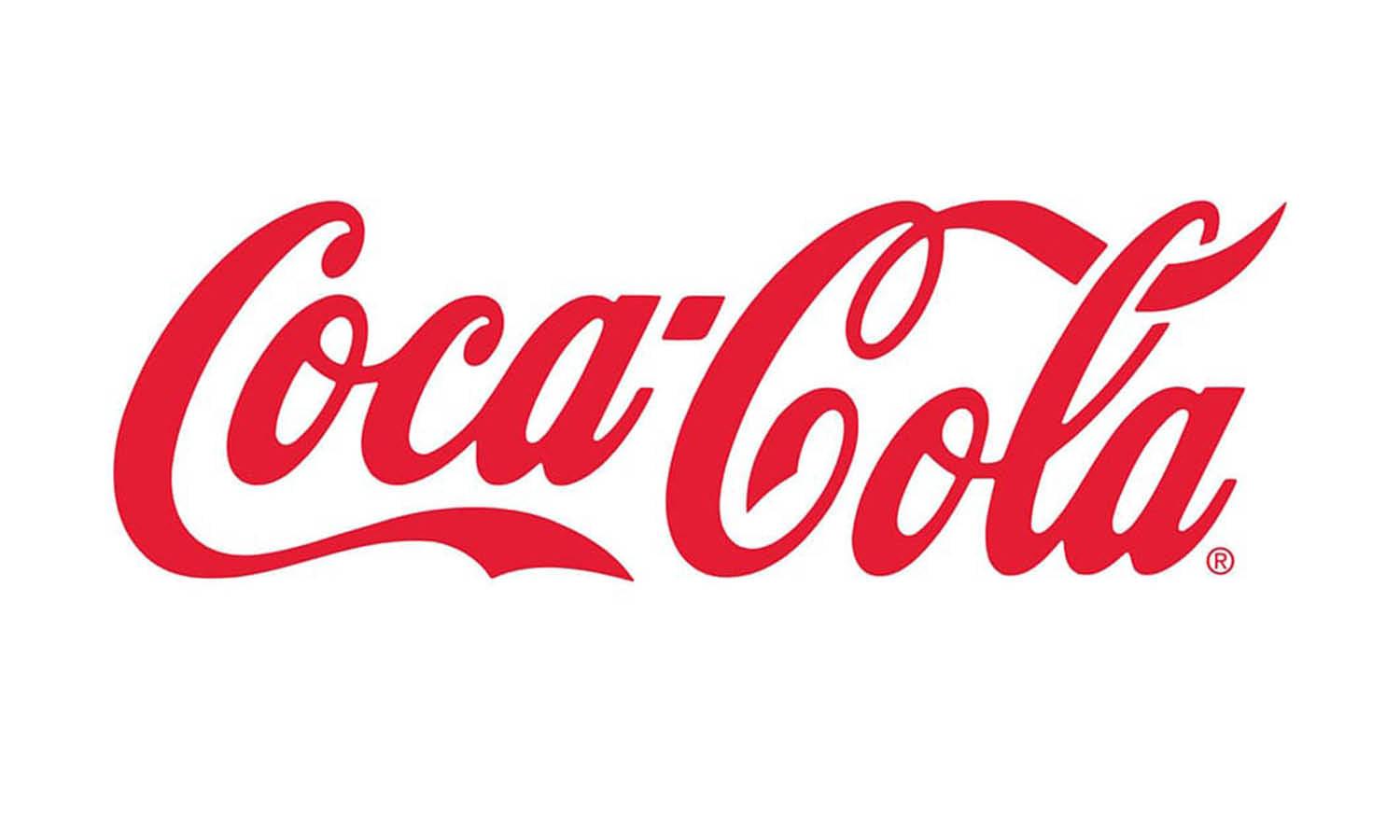

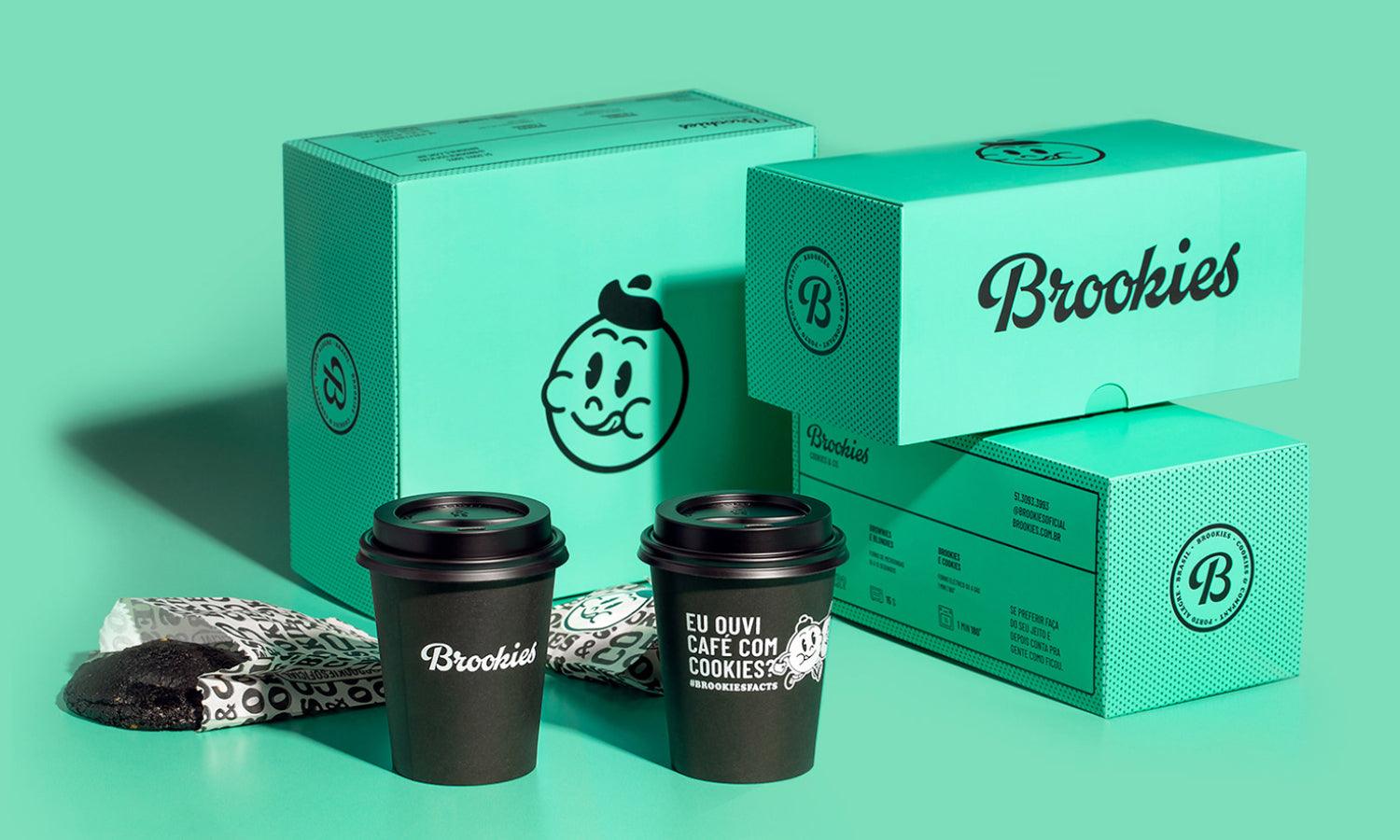




Leave a Comment